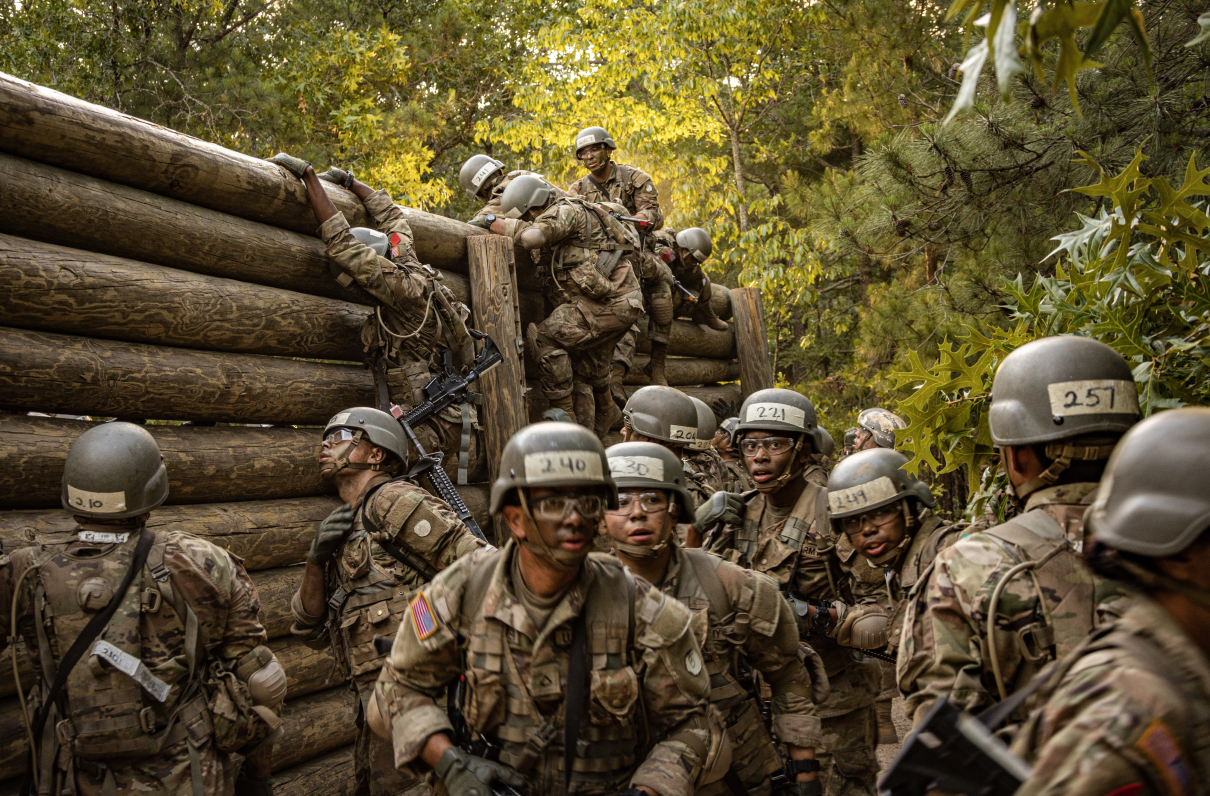 Recently released salary figures point to a smaller raise for those in uniform in 2026 than in recent years, and while these numbers remain a key compensation guideline, MOAA is rallying support for major changes to the DoD pay table to ensure junior servicemembers can keep up with rising costs.
Recently released salary figures point to a smaller raise for those in uniform in 2026 than in recent years, and while these numbers remain a key compensation guideline, MOAA is rallying support for major changes to the DoD pay table to ensure junior servicemembers can keep up with rising costs.
The Employment Cost Index (ECI) for private industry wages and salaries reached 4.1% for the three-month period ending in June, according to figures released by the Bureau of Labor Statistics on July 31. Last year, that figure sat at 4.6%. If the figure remains lower than last year’s entering September, it could result in a lower DoD pay raise, as the September figures, by statute, are used to compute future increases.
[TAKE ACTION: Ask Your Lawmakers to Support MOAA’s Summer Advocacy Campaign, Including a Junior Enlisted Pay Raise]
The military pay raise has matched ECI every year for nearly a decade. It’s a lagging indicator – the 5.2% raise servicemembers received in 2024 matches the September 2022 ECI, for example, and the proposed 4.5% raise for the coming year matches the September 2023 ECI.
While MOAA has worked to ensure uniformed services pay keeps up with this indicator – after falling below it for three years in the mid-2010s – it’s become clear that for junior servicemembers, this increase isn’t enough.
Pay for junior servicemembers (E-1 through E-4) has declined relative to E-5 pay since the start of the all-volunteer force, according to the House Armed Services Committee Quality of Life Panel Report, thanks to a number of years where this cohort received either smaller-than-average raises or no pay boost at all.
To help these servicemembers and their families stay afloat – and to address ongoing recruitment and retention challenges – the panel recommended a 15% pay raise on top of the proposed 4.5% servicewide hike, and that recommendation was included in the House version of the FY 2025 National Defense Authorization Act (NDAA). The plan also includes a 13% overall hike for E-5s.
The Senate’s NDAA draft included a smaller increase of 5.5% for junior enlisted members (E-1 to E-3).
“The answer is probably somewhere in the middle,” said Lt. Gen. Brian T. Kelly, MOAA’s president and CEO, when reviewing this and other MOAA Summer Advocacy in Action priorities, “But we’re really supportive of them recognizing that this group of people … needs a reset.”
Beyond the ECI
Kelly called the increase “a once-in-a-generation” adjustment – one that’s critical not just to the budgets of junior enlisted members and their families, but to the future of the all-volunteer force.
As Rep. Don Bacon (R-Neb.) – chairman of the Quality of Life Panel, retired Air Force brigadier general, and MOAA member – put it in a recent press call, “If you don't take care of your people first, our military is going to fail. And we can't let that happen.”
Any proposed adjustment would allow junior members to better address an array of financial pressures, whether unique to military service (PCS moves, military spouse unemployment concerns) or common to all in their age range (inflation, competitive rental markets). And this generational fix would be secured in future years by a reset to the pay table – one where the value of their pay would be ensured both by keeping future raises on pace with ECI and avoiding past mistakes that weakened this cohort’s compensation when compared with fellow servicemembers.
Ask your lawmakers to support this pay boost today, as well as other key MOAA priorities including a restored Basic Allowance for Housing and ongoing work on behalf of combat-injured servicemembers. This election year, your voice will help MOAA make a difference.
When MOAA Speaks, Congress Listens
Learn more about MOAA’s key advocacy issues, and contact your elected officials using our messaging platform.

